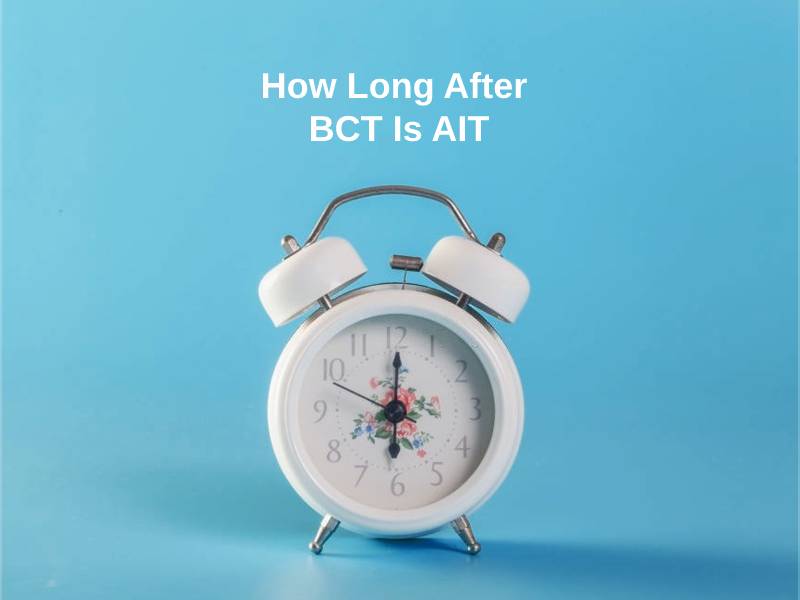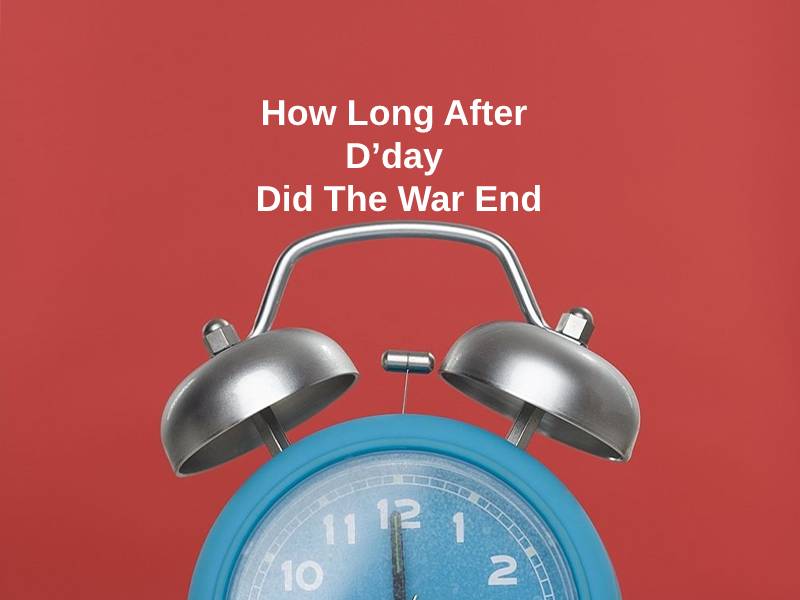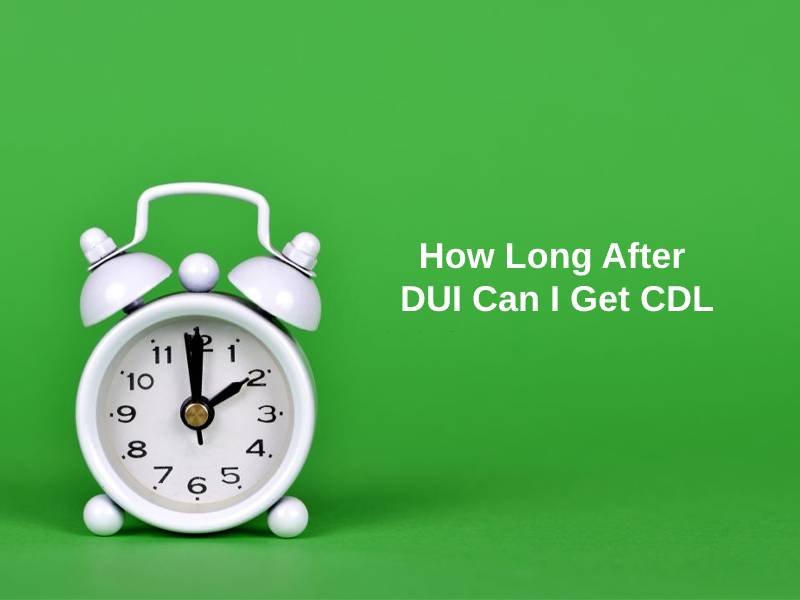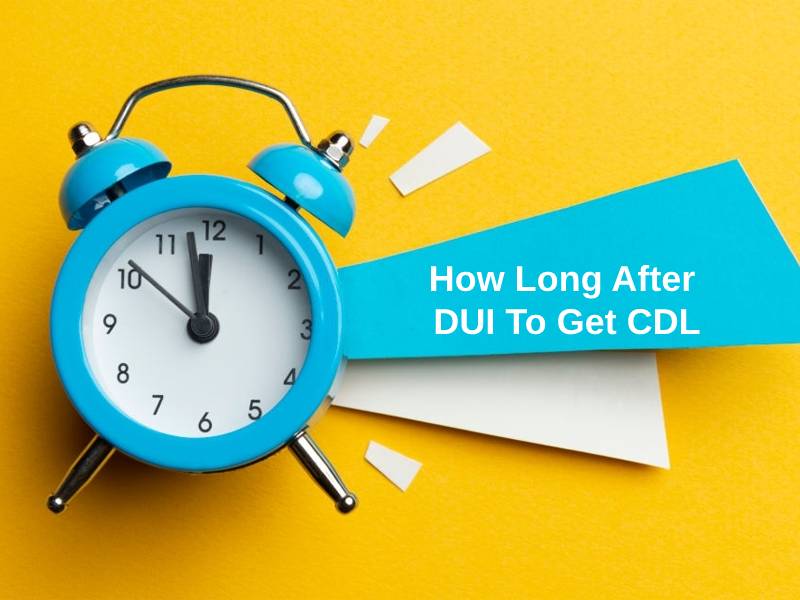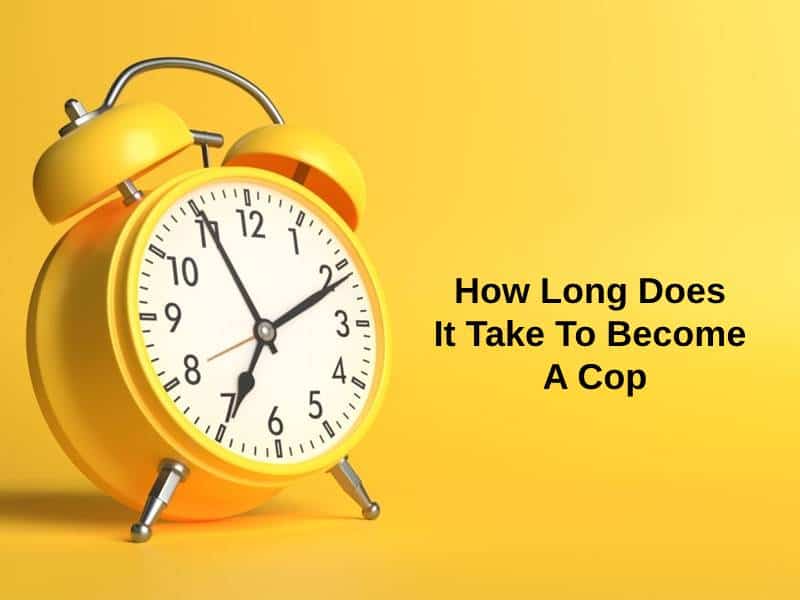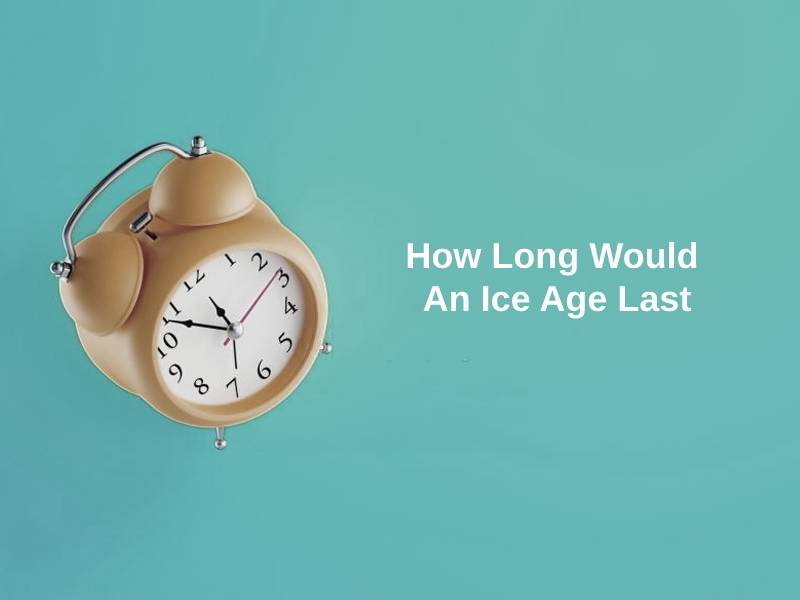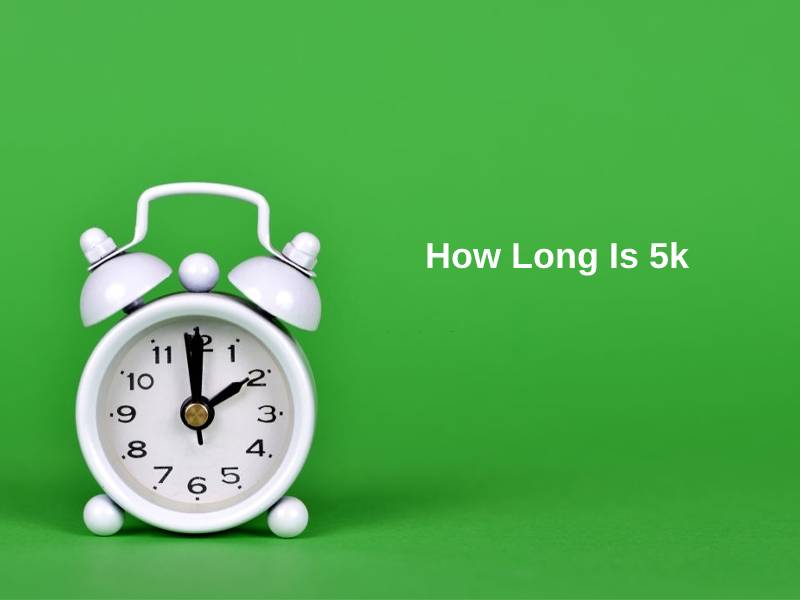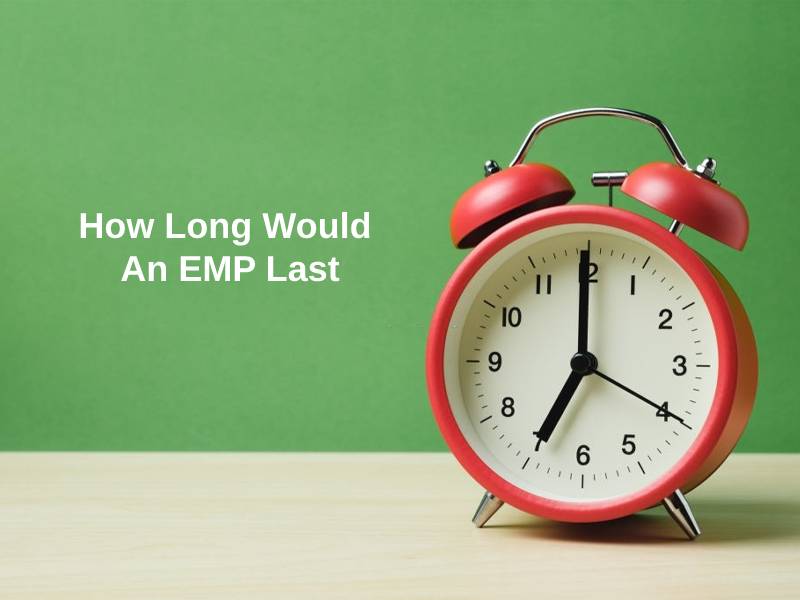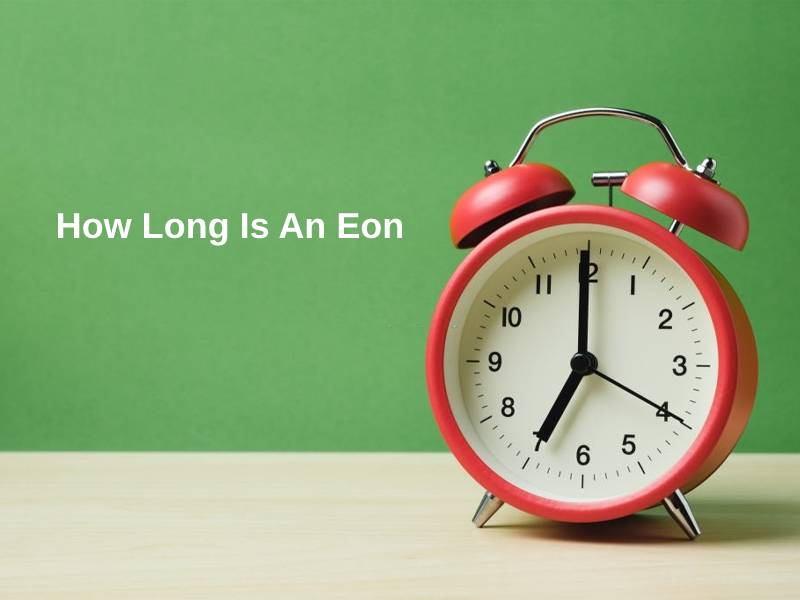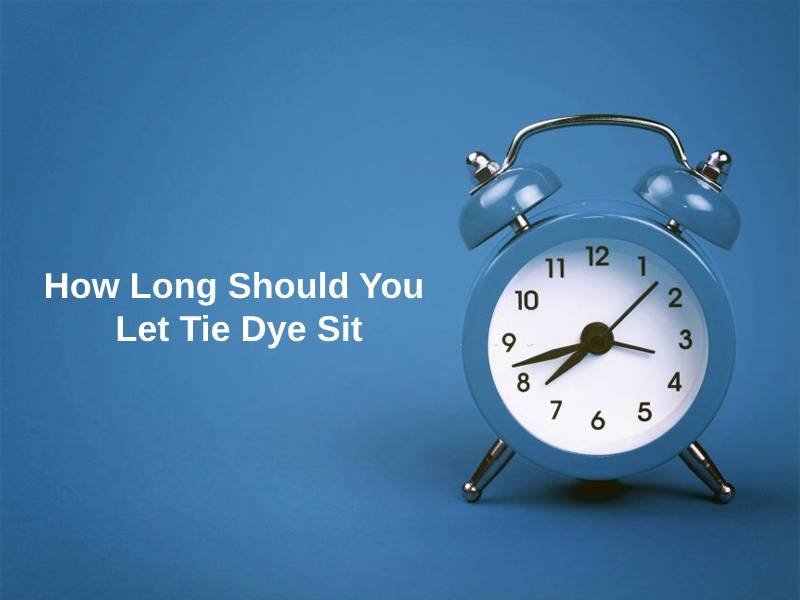Exact Answer: 64 years
In Kensington Palace, London, Alexander Victoria was born on May 24, 1819. She was the only child of Prince Edward, Duke of Kent. Because none of her three uncles had legitimate children, her father died soon after she was born, and she inherited the throne.
Victoria was a natural diarist and kept a regular journal throughout her childhood; she was trained by a governess at home and had a flair for sketching and painting. She became Queen at the age of 18 when William IV died in 1837.

How Long Did Queen Victoria Reign?
| Queen Victoria Reign | Years | Months | Days |
| 1837 – 1901 | 63 | 7 | 2 |
Queen Victoria, the Famine Queen, the Widow of Windsor, Europe’s Grandmother Queen Victoria, who rose to the throne on June 20, 1837, and remained there until her death on January 22, 1901, received all of those nicknames throughout the nineteenth century. Queen Victoria reigned for 64 years. She had surpassed King George III as England and Scotland’s longest-reigning queen by September 23, 1896.
Her first Prime Minister, Lord Melbourne, and subsequently her husband, Prince Albert, whom she married in 1840, were both influential throughout her early reign. During political turmoil, they worked together to push for modernization and stability.
Between 1840 and 1857, she had nine children with Prince Albert. Her children married into other European royal families for the most part. Albert died tragically at the age of 42 in 1861. Victoria was heartbroken and sunk into a profound state of sorrow. She wore black for the rest of her life and stayed out of the spotlight for years, and she was chastised for her decision.
By the late 1860s, Victoria had resumed her public activities. Later in her reign, she focused on promoting peace in Europe as well as developing and consolidating her vast political dominion. Victoria persuaded her ministers not to interfere in the Prussian-Danish conflict, and her 1875 letter to the German Emperor (whose son had married her daughter) helped prevent a second Franco-German war.
From the 1870s forward, Victoria’s popularity expanded in tandem with rising imperial enthusiasm. Under Disraeli’s ministry, the government of India was transferred from the East India Company to the Crown, with the title of Governor-General promoted to Viceroy, and Victoria was crowned Empress of India in 1877.
On social issues, she tends to advocate for efforts to improve the condition of the poor, such as the Royal Housing Commission, although it is conservative in some respects-like many people at the time, she opposed giving women the right to vote. She also backed several charities working in the fields of education, healthcare, and other causes.
Why Did Queen Victoria’s Reign Last That Long?
Queen Victoria ruled for not just a long time but also a long time successfully. The government’s condition was not fully solid when she arrived at the throne, but she helped to restore some continuity. She didn’t just sit back and watch everyone else do the job; she took her duty as queen seriously and not just as a show-off.
Victoria gained a powerful place in her country’s affairs.
- She worked closely with William Gladstone and Benjamin Disraeli, two of the country’s greatest Prime Ministers.
- She spoke German, English, Latin, and Urdu phrases in addition to other languages.
- She was instrumental in restoring Great Britain’s strength and status, which had been eroding before her rule.
- She expanded her empire and was proclaimed Empress of India in 1870.
- She created the rituals and parliamentary traditions that monarchs still follow today, such as participating in the Irish national coach.
- With her husband, Prince Albert, she founded a constitutional monarchy. The Second Reform Act of 1867 and the Representation of the People’s Act of 1884 were two legislation passed to take authority away from the monarchy.
- During the Golden and Diamond Jubilees of 1887 and 1897, she became a symbol for the British Empire, which helped to recover her reputation following her husband’s death.
Conclusion
Victoria was an institution by the time she died in 1901, famed for her tenacity and the large kingdom she oversaw. During her 64-year reign as queen, Queen Victoria brought about many favorable developments in the United Kingdom. Victoria’s reign was overshadowed by the empire’s relentless colonization and the tragic conflict she unknowingly helped to nurture, yet she felt British might and wealth were important.






